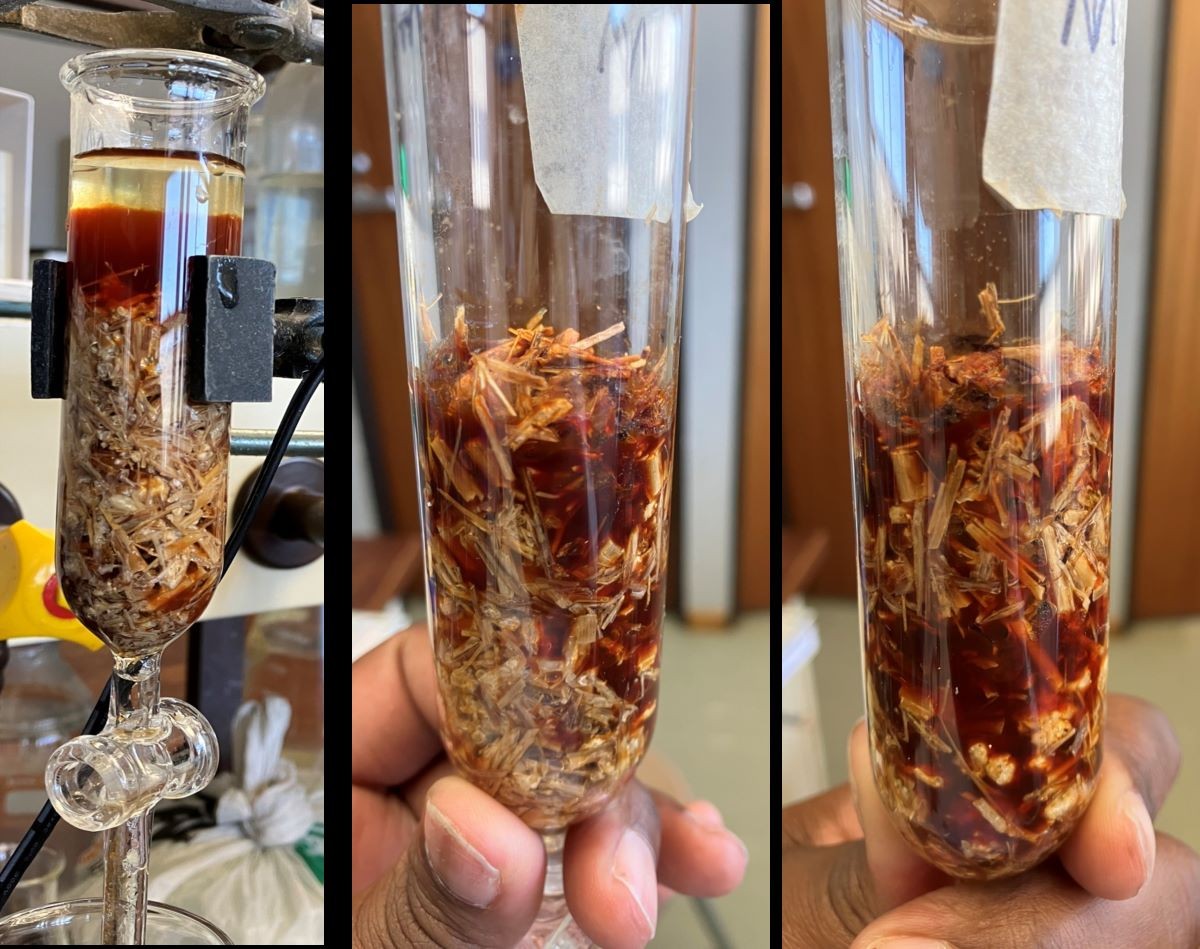Play all audios:
Lire en français Researchers have shown how a common type of edible mushrooms can be used to purify water contaminated with heavy metals, pathogenic microorganisms or drug residues. The
barrier, called mycofilter, is provided by a part of the fungus called mycelium, a set of filaments that make up its vegetative apparatus. The authors, from the University of Free State,
South Africa (UFS) used the common fast-growing and easy to cultivate mushroom species _Pleurotus ostreatus_ for mycofiltration. The results are published in two recent studies1,2. Patricks
Voua Otomo, associate professor in the Department of Zoology and Entomology at UFS, and PhD student, Sanele Mnkandla, looked for strategies to address a widespread problem in South Africa
where fewer than 3% of wastewater plants qualified for the Green Drop Certification, a national standard of treatment quality. The team created a mycofilter by packing fungal mycelium (from
_Pleurotus ostreatus_) into columns. Contaminated water was passed through the filter to remove pollutants like iron and imidacloprid. To measure water quality after filtration, they exposed
snails to the water and assessed their biological responses, such as enzyme activity, which indicated changes in toxicity. Additionally, they used infrared spectrophotometry to analyse
changes in the mycofilter itself, confirming its effectiveness in improving water quality, particularly for iron removal. Through the process the authors were able to remove up to 94% of
iron (III) and 31% of the insecticide imidacloprid. “It is a simple and sustainable method,” adds Mnkandla, “that does not require special equipment or technology.” Scientists have already
identified some possible applications for testing, including filering rainwater running off roofs for washing. Mnkandla says it could also be used to purify water used by farmers to clean
equipment, which often contains pesticides and harmful chemicals, and for irrigation systems in farming. “The mushroom mycelium is an amazing structure,” Mnkandla told _Nature Africa_,
“Since it has special enzymes that can trap and degrade a large number of contaminants in multiple steps.”

